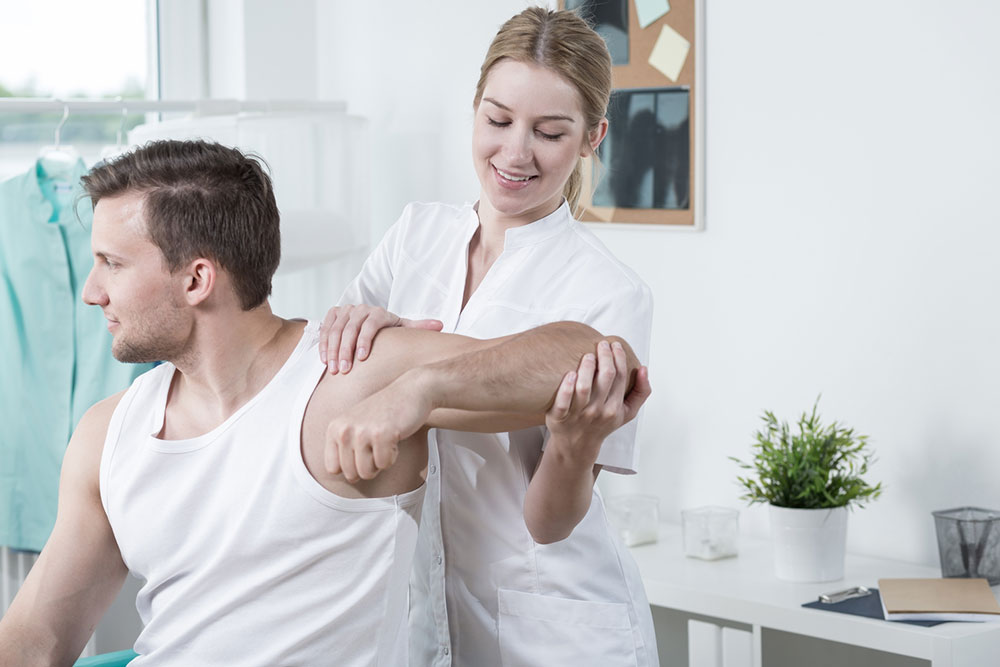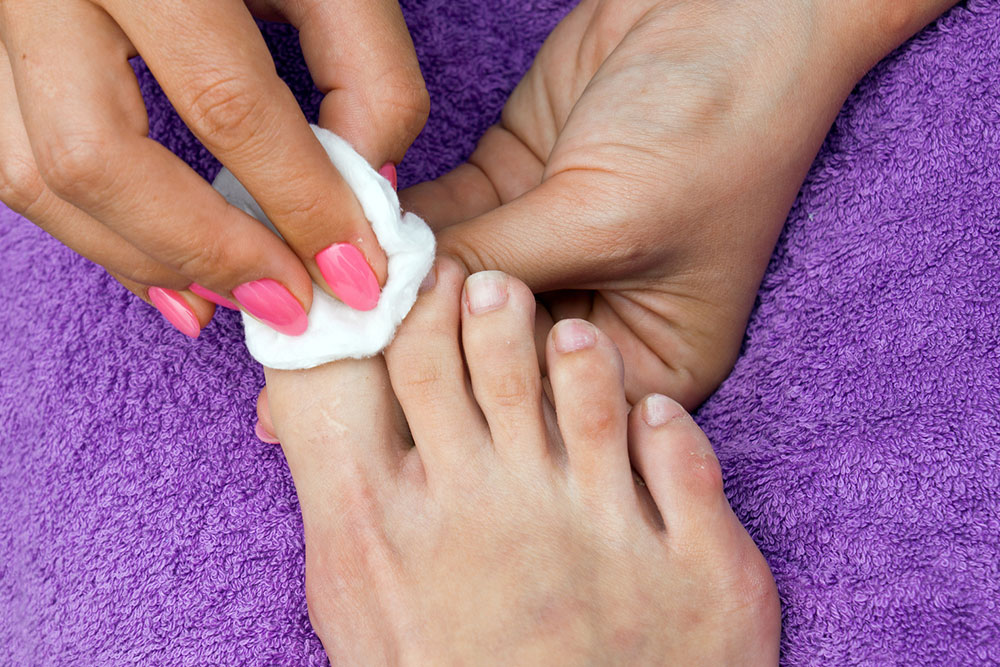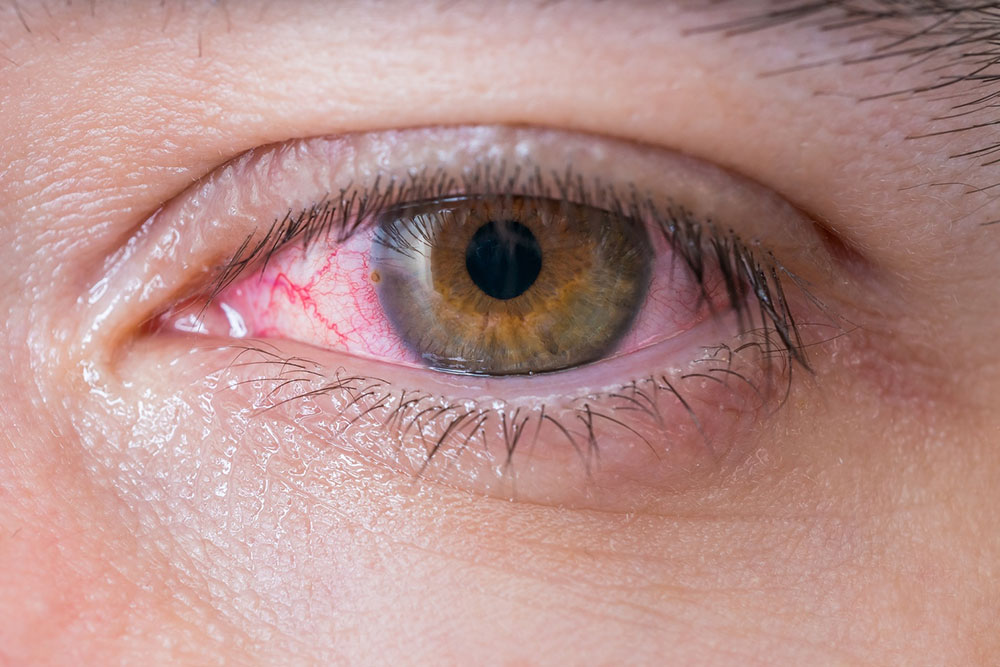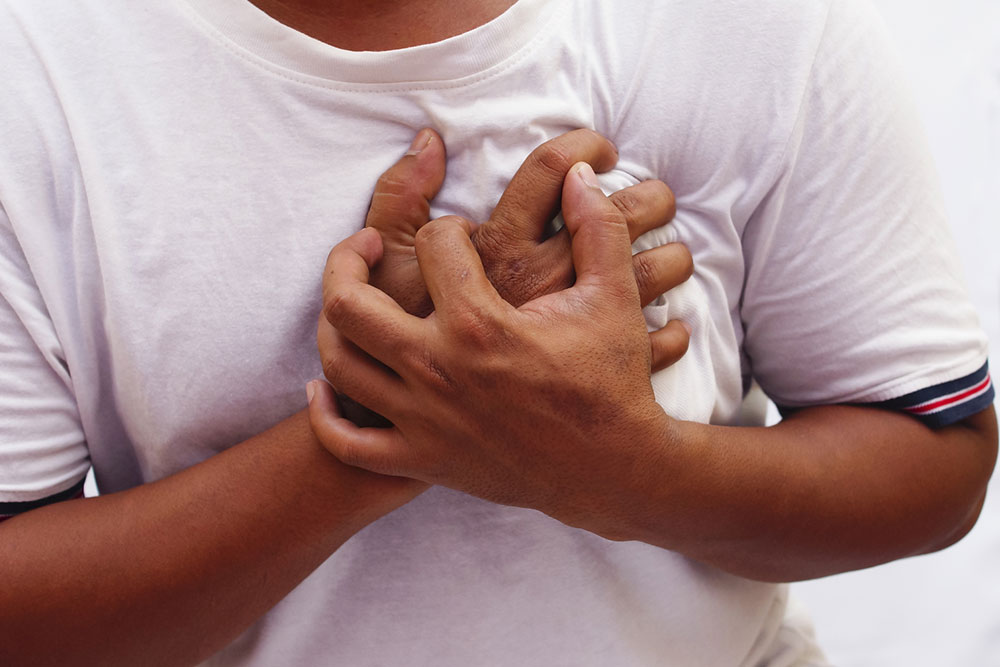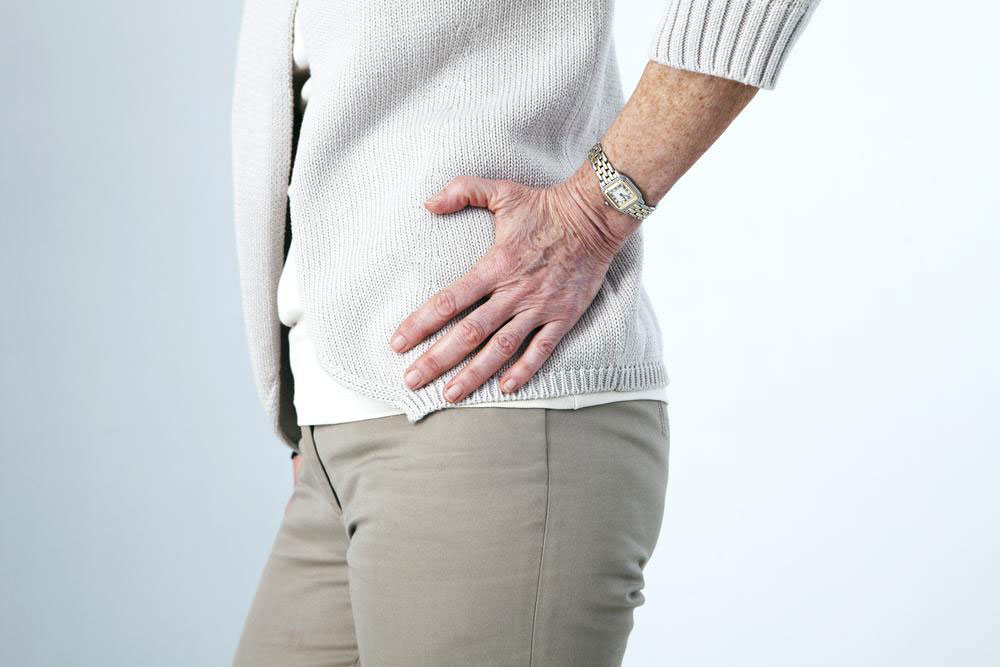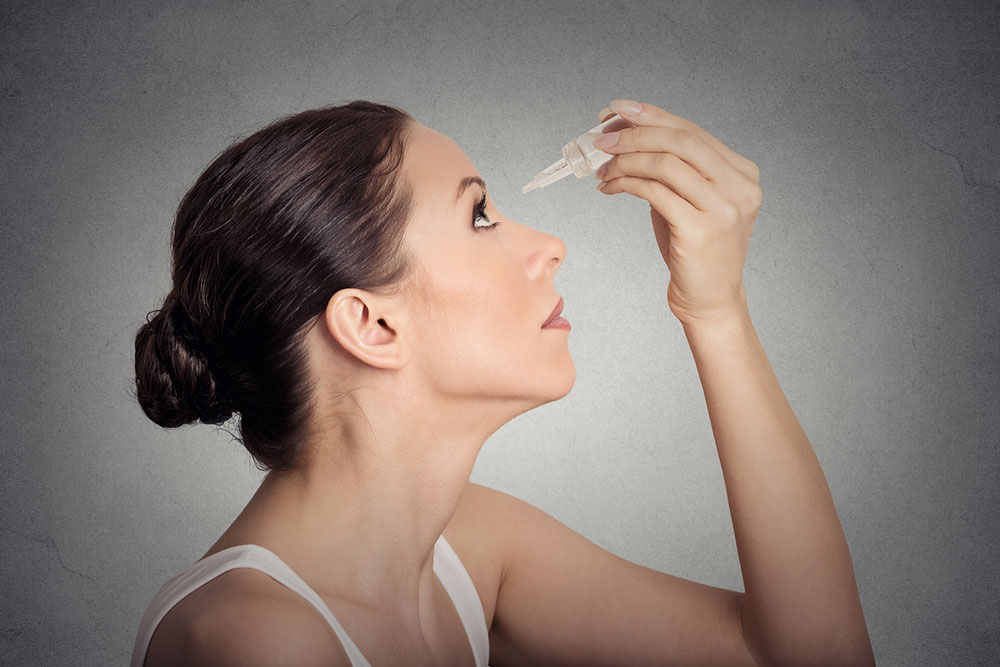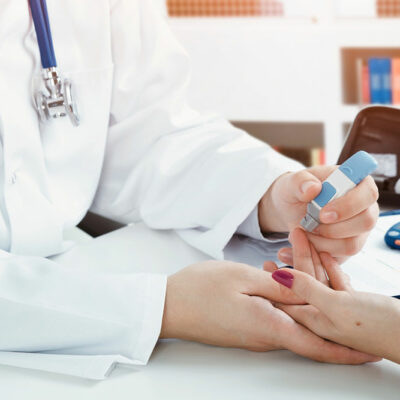
Treatments
Best Medications to Get Relief from Sinus Allergy
Sinuses are small cavities in the skull, which are normally filled with air. They produce mucus that aid in keeping the nasal passages clear and free from all pollutants or allergens. These cavities are lined with thin tissues. Inflammation of these tissues is called sinusitis, which leads to swelling or blockage of the sinuses, trapping all air and mucus inside them. Sinusitis is quite common among people. When it occurs, people usually run to the medical store to find suitable medication. But if one wants to find the best sinus allergy relief medicine, it is imperative to first understand the different types of medicines available and the best way to handle a particular condition. Moving on, there are two types of sinusitis: Acute sinusitis: This lasts up to 4 weeks. Chronic sinusitis: Chronic sinusitis can last for up to several years. This type is hard to identify and treat. Sinusitis can begin as a result of a cold or an allergy. It can be caused due to a fungal or bacterial infection. It can be easily triggered in people having a weak immune system. Also, sometimes, chronic sinusitis can be a result of problems with the structure of the nasal passage that prevents the mucus from draining normally.
